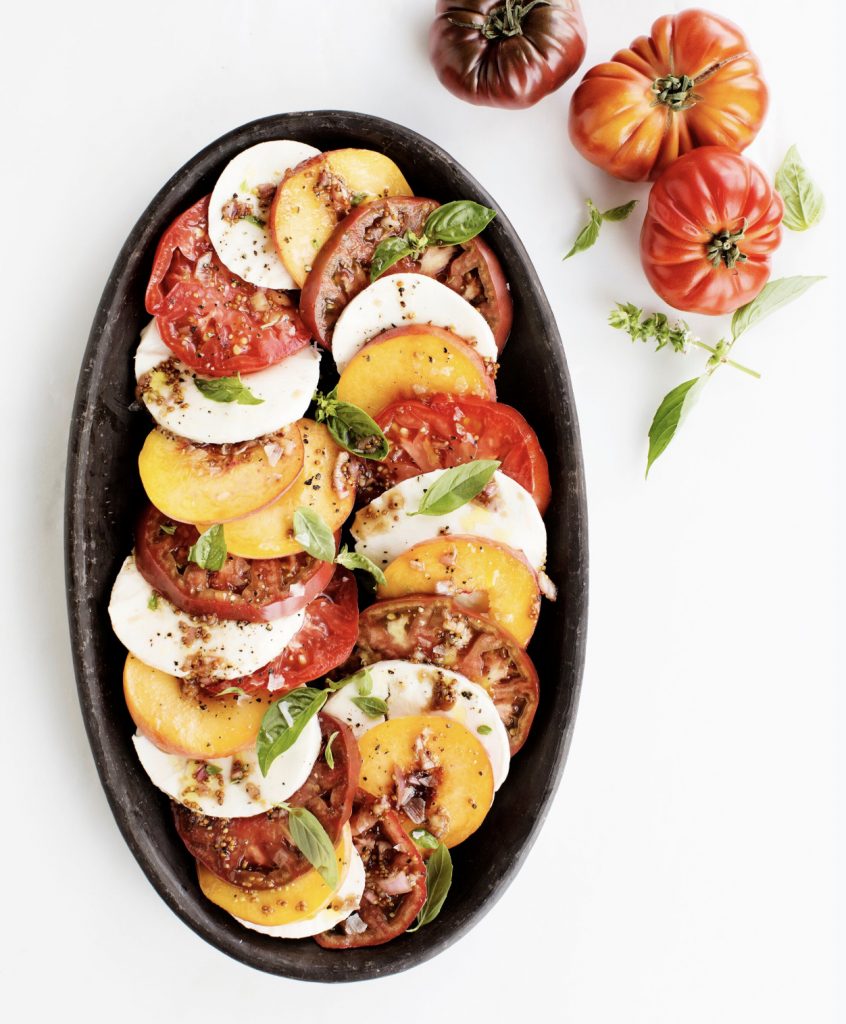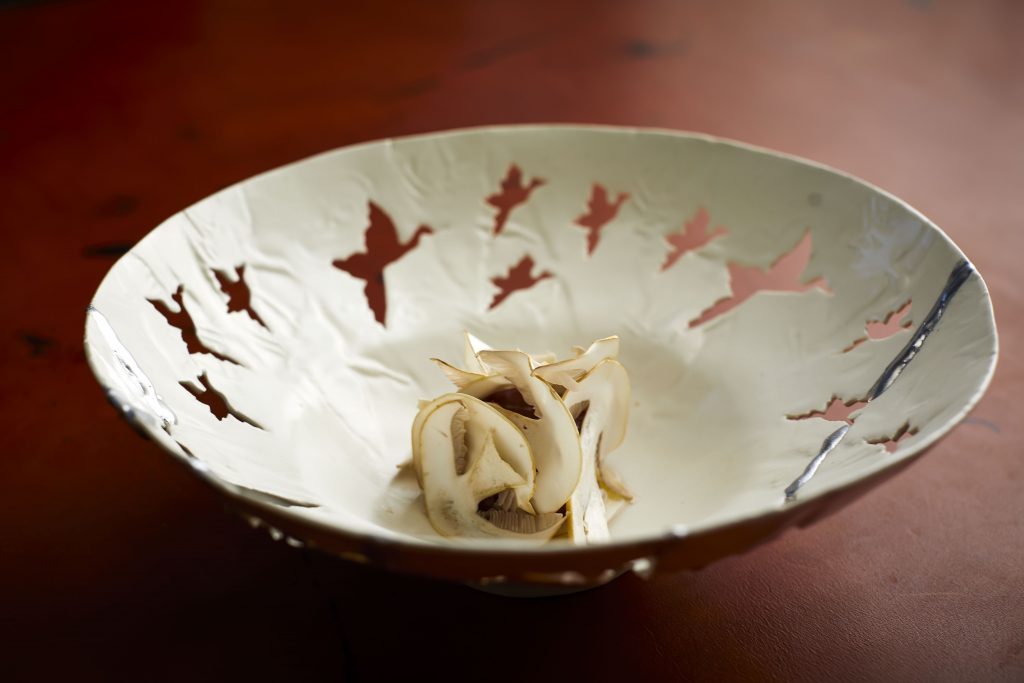
Like the northern mockingbird, the catbird can reproduce sounds of other species with remarkable accuracy. Its call features chirps, gurgles, bits of other birds’ songs, and a throaty mewling, which sort of sounds like a cat if you have a potent imagination. To amplify its call, the catbird leaves the thicket, where it spends most of its time, and climbs to the top of a tree branch or bush. The bird’s tendency to seek higher ground led to the 19th-century Southern colloquialism sitting in the catbird seat, describing someone in a place of power, cozy in the sweet spot, high above the concerns of the day.
There’s nowhere to hide, out on that branch. And there’s nowhere to hide at The Catbird Seat, Nashville’s legendary home for bleeding-edge cuisine since 2011. Twenty-two seats perch above a sunken kitchen. Cooking here is not for the meek. And for those select chefs lucky enough to get the gig, adapting to this high-pressure environment means moving on. That’s because Catbird is a chef incubator, and its ephemeral nature is central to the business model. Working with Strategic Hospitality ownership group, founding chefs Josh Habiger and Erik Anderson opened the restaurant in October 2011 and departed, as planned, two years later. Most recently, Ryan Poli led The Catbird Seat to great acclaim, netting the prestigious Five Diamond Award from American Automobile Association. “Ryan and his team have really reached the apex in this past year,” notes Max Goldberg, co-owner of Strategic Hospitality. “And that’s how we know it’s time for the next round.”
A fresh crew of culinary wizards have arrived to hone their craft in the Catbird crucible: Will Aghajanian is the new head chef and Liz Johnson is pastry chef, but those job descriptions don’t begin to cover the breadth of their authority. When The Catbird Seat hits reset, it’s not just the menu that gets a redesign.
I meet the chefs at Patterson House, the floor below Catbird. It’s many hours before either is open to the public, and midday sun is streaming in after many days of rain. There’s an unearthly glow in this usually dark and cozy spot. Thinking about the building’s small footprint, I’m curious what kind of changes are possible in such a tight space upstairs. “We did a lot of work with light,” Johnson tells me, alluding to work from local installation artist Jonny Kingsbury. “There’s a lot of light installations. I don’t want to ruin it for you too much before you see it!” Aghajanian adds, “Our counter is made of leather now. A lot of different artisans from all over helped us out. Some of the plates are made for dishes specifically.”
Aghajanian and Johnson’s creative vision reaches far beyond the food. Everything is in play: seat layouts, the seats themselves, dinnerware, flatware, even the restroom. “We transformed everything!” Johnson points out enthusiastically. “We tried not to overlook anything. There’s a lot of little things that’ll be different.” It’s an unusual arrangement, this cyclical, planned turnover, and I wonder aloud if that affects the creative process. “I’ve never reopened a restaurant,” Johnson replies. “I’ve only opened new ones. So this is our first experience of that—but we tried to treat it as if it was a brand-new restaurant.”
The pair moved to Nashville to open/reopen The Catbird Seat after time in some of the most influential kitchens around the globe, the kind of places people save up for years to visit. One of those places was Noma, the Copenhagen restaurant famous for defining New Nordic cuisine. It’s where Aghajanian and Johnson met, and previous Catbird chefs Poli, Anderson, and Trevor Moran all had stints in the Noma kitchen.
Will Aghajanian’s fine dining experience began in his hometown of Washington, DC, working with Eric Ziebold at the Mandarin Oriental Hotel’s restaurant CityZen. They were formative years for the young chef. “It was very classic training. He was the chef de cuisine at French Laundry for a long time. It gave me a respect for that kind of cooking, using classic sauces, that world.” Aghajanian also spent time at more avant-garde spots like Mugaritz in Spain and Thomas Keller’s Per Se in New York. “I like having some elements of classic cooking that maybe are forgotten,” Aghajanian explains, “but maybe not as heavy as they would be classically. Maybe we lighten them up in some form.”
Liz Johnson found her way to fine dining through her relentless drive. At sixteen, Johnson graduated high school early so she could follow her passion for the craft. She started culinary courses at Schenectady County Community College but graduated from the prestigious Culinary Institute of America (CIA) in Hyde Park, New York. “I enjoy cooking because of the craft of it,” Johnson says excitedly. “I could cook all day and then go home and cook at my house. It’s just something that I really enjoy doing. And if I don’t, I kinda go crazy. Like, I have to cook. I get cranky. I just love to cook.” After CIA, Johnson ended up at Toro, a Boston tapas bar, and a few years later she was staging at Noma.
Once together—and they are together together, as in engaged—the duo opened their first restaurant, Mimi, in Greenwich Village. In their own kitchen, they pursued Aghajanian’s vision of bringing lightness and mystery to traditional French classics. Mimi became a destination. Pete Wells, the legendary New York Times food critic, called it “the French bistro New Yorkers dream of finding in Greenwich Village.”
So what’s the duo’s vision for Catbird Seat? Aghajanian mentions an “end goal” for their partnership, and I ask how close The Catbird Seat is to that end. “I think the visual aesthetic is similar,” he answers, but adds that ultimately, he’d like to be “surrounded by water and sea and mountains. Have all of it.” Even with Tennessee’s landlocked-ness, their Catbird is closer to that end goal. “It’s definitely the closest we’ve been so far to it, which is pretty cool,” Aghajanian adds. “We can do food that we want to serve and be confident.”
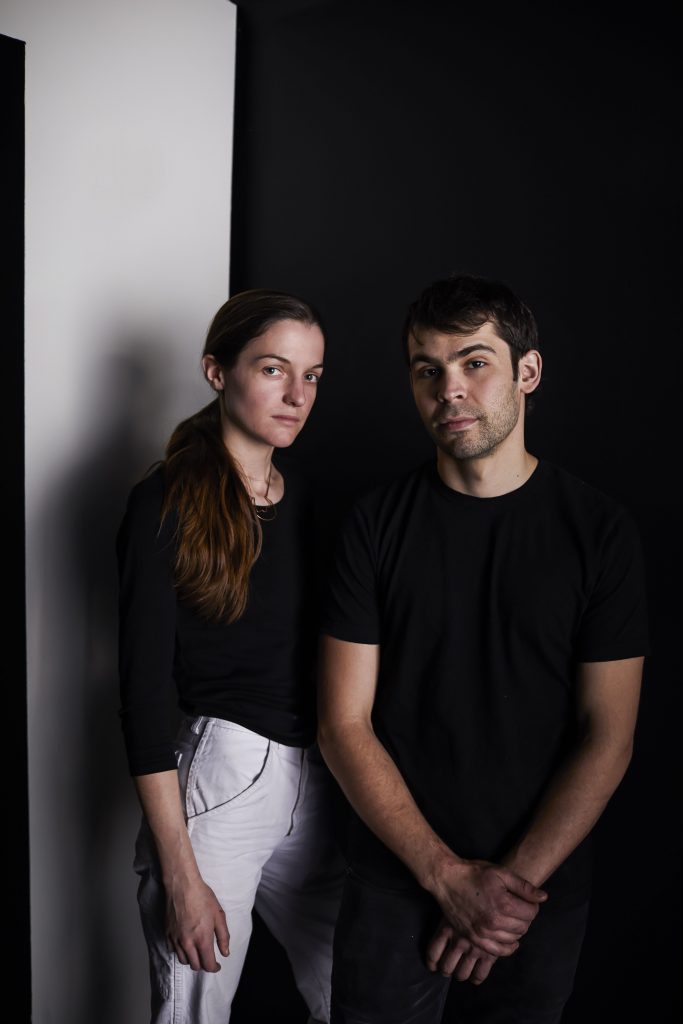
Reopening a restaurant hasn’t given the duo much time to explore in the three months they’ve been here. “Oh yeah, we’re working seven days a week,” Johnson confirms. “It’s all good though! We’re living on cold brew.” The restaurant they love so far? Waffle House; it’s open after Catbird shuts down each night. “Shout-out to Miss Carla! Goodlettsville Waffle House!” Johnson shouts gleefully.
Even with their limited exposure, the pair appreciate the warmth and friendliness of the Nashvillians they’ve encountered, from Miss Carla to their fellow restaurateurs. “People here are really just so gracious and hospitable,” Johnson remarks. “It’s just something that’s in their culture. And I’m from New York, Will’s from DC . . . That doesn’t really exist there. Like whatsoever.”
“Everybody’s very helpful here,” Aghajanian adds with a smile. “In a lot of other places, it’s more cutthroat. Everybody has their secret purveyors for things, and they’re not gonna tell you. And here, everybody’s, ‘Oh, you know, my mom raises chickens, I’ll bring her eggs,’ or, ‘Here’s this farm where we get this thing from.’ All the chefs are very friendly and accommodating.”
Aghajanian also mentions that elsewhere, he’s experienced people coming to dinner ready, excited even, to hate everything. Thankfully, that’s been rare so far. That doesn’t mean there aren’t detractors. Aghajanian, Johnson, and I share a good laugh about some of the more colorful Yelp reviews. They clearly have thick skin. You’d have to, in such an intimate space. “Everything’s heightened. Everything’s on display. You have to really be on point all the time,” Johnson shares. “Everything is immediate. If someone doesn’t like something, or if someone really likes something—hopefully the latter!—they’re gonna tell you right away.”
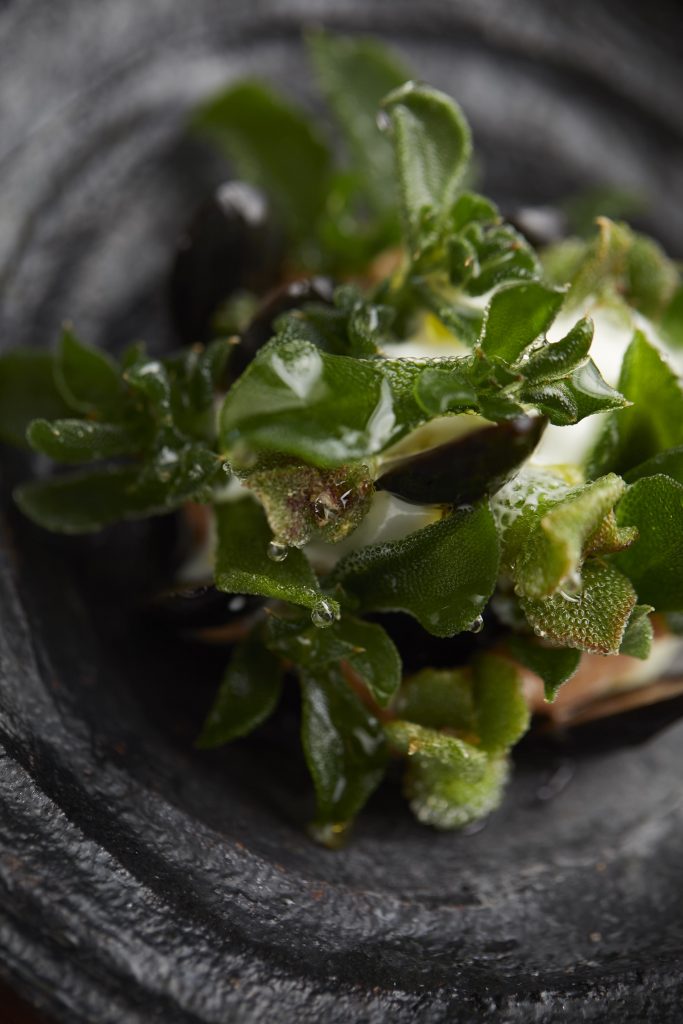
A few days after my conversation with the chefs, I’m back at The Catbird Seat’s door, tucked under the Patterson House stairs. I understand Chef Johnson’s inclination to leave the space undescribed. However, I’m also aware that the price tag ($125 for the tasting menu) puts the meal out of reach for some, so I’ll try to do my best without spoiling the surprise.
The door opens at 8:30 sharp. They’re ready for the night’s second seating. It’s all hazy inside: a cone of blue laser light shimmering through the fog is the only light source. Darkness plus bright laser. My eyes are struggling to adjust, like being inside a James Turrell art installation. We’re waving our hands through the cone and giggling, teenagers on acid. An attendant guides us to an elevator bathed in red. We go up a floor, down a darkened hallway, and into the light.
After all the dark, entering the restaurant’s brightness warps my vision again. There’s a low-slung, angular ceiling, and white light emanates from atop the sunken kitchen, giving a full view of the sparsely decorated room. Who needs art on the walls? The food itself is art. We run our hands along the red leather that stretches across the counter we’ll all share as the serving surface. It’s imperfect, distressed, but smooth and soft: damaged leftovers of Hermès Birkin bags, as the staff later shares. We’re handed hot towels, smelling of something earthy, a scent that Johnson jokes “starts with an R? Ravenclaw?” Without being served a thing, we’ve already been through so much olfactory stimulation. And then the tasting menu starts to arrive.
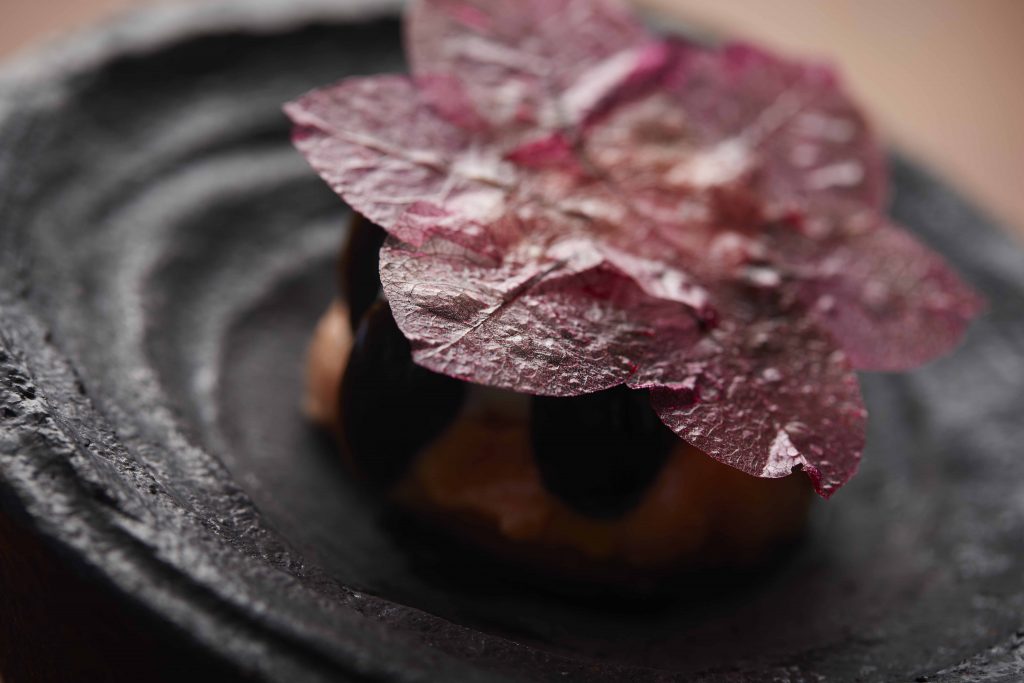
We begin with a quince fritter topped with paper-thin slices of smoked beef tongue. I’ve enjoyed lengua tacos for years and this is a totally different beast (but, y’know, the same beast). The shavings melt away in my mouth before the fritter’s sweet-salty crunch kicks in. I’ve added a non-alcoholic beverage pairing, which begins with a black tea with hops. It blends wonderfully with the next dish of kiwi and avocado. The fruits are aerated with a spritz of herbaceous gin on a plate that initially looks black, but the color changes as I move the bright green slices around. The “black” plate is actually white—it’s just coated with finely ground roasted seaweed.
Each dish is a marvel; and I mean the dishes themselves that cradle each masterfully prepared course. As we move through the meal, the staff lays out the odd shapes around their prep space. I can’t guess which are built custom; it could be all of them. A stemless glass goblet holds one of the most unique things to ever enter my mouth: Banana Bavarian, creamy and tropical, alongside a glob of uni (sea urchin), topped with a bruleed crackly layer of lemongrass toffee and a dusting of black truffle.
All told, we will taste fourteen dishes spread across more than three hours. Throughout the night, Aghajanian and Johnson check in as they’re able, but they’ve got work to do. Everyone is cross-trained, so service arrives in a myriad of hands. Watching the staff, it’s remarkable how much they’re able to accomplish in the narrow galley. It requires a wide-open sociability, balletic grace, and a thoughtful economy of movement—even more so when it’s six or seven nights a week.
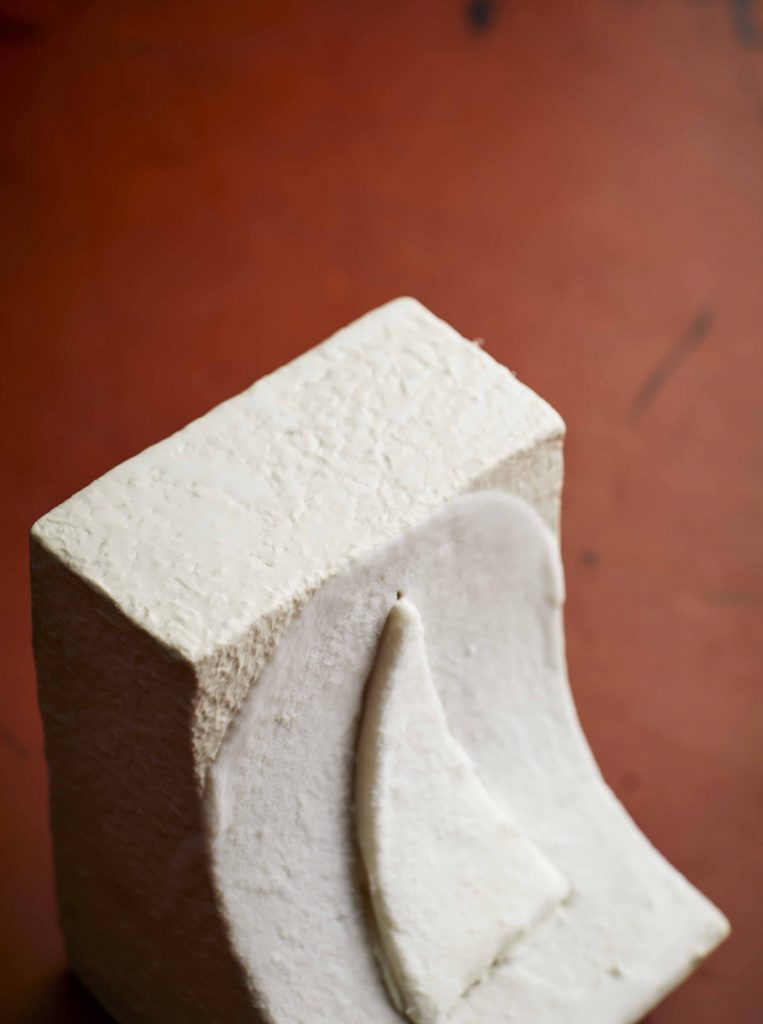
A chef takes what I’m certain is a very, very sharp knife to a chunk of aged marlin belly, coming away with slices so thin they might blow away on a breeze. Catbird cures the marlin themselves before sending it into storage shared with country hams, where it hangs for a month. It’s like a hog and a marlin had a baby. A delicious, smoky baby. The sashimi slicer laughs and shares its nickname, “the Tennessee hamfish.” I recall a comment from Aghajanian during our earlier conversation. “I like making things better . . . It starts here and then three weeks later, it evolves, and it gets better and more pure, more like, I can taste this piece of fish. Now this piece of fish is delicious.”
Two desserts complete our tasting adventure. There’s a baked potato ice cream, made in the Turkish style with salep, or powdered wild orchid root, which makes it super stretchy. Its loops and whorls are topped with crispy potato skins and burnt juniper resin. The next plate over is frozen guava with sea water meringue and black olive. The piercing tartness of guava meeting the blissfully delicate wisp of meringue is the perfect end to the night. It’s like the last track on your favorite album, the one that’s sweet and a little sad. The one that tugs at your heartstrings and lifts you up. The one that’s melancholy and triumphant, with a wandering melody like birdsong—or a cat if you use a little imagination.
The Catbird Seat is open by reservation only Wednesday through Saturday 5:30 p.m. to 9 p.m.
Suggested Content
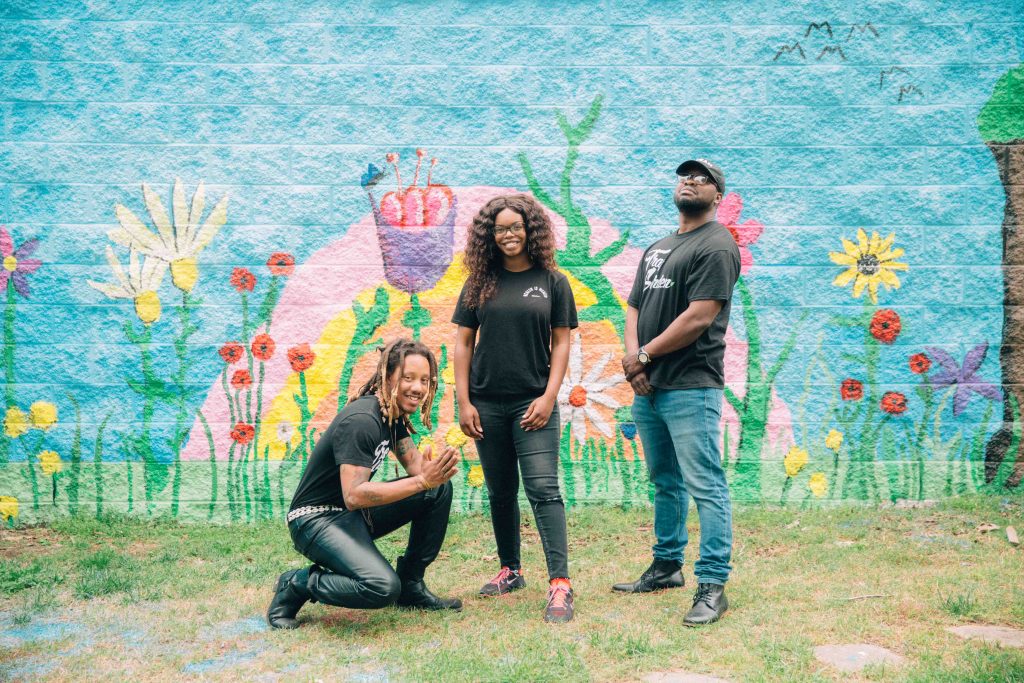
Can You Dig It?
How urban farming nonprofit Trap Garden is working to eradicate Nashville’s food deserts

Double Scoop of Happiness
Kokos Ice Cream creators Jerusa van Lith and Sam Brooker want to show you just how good ice cream can be.

